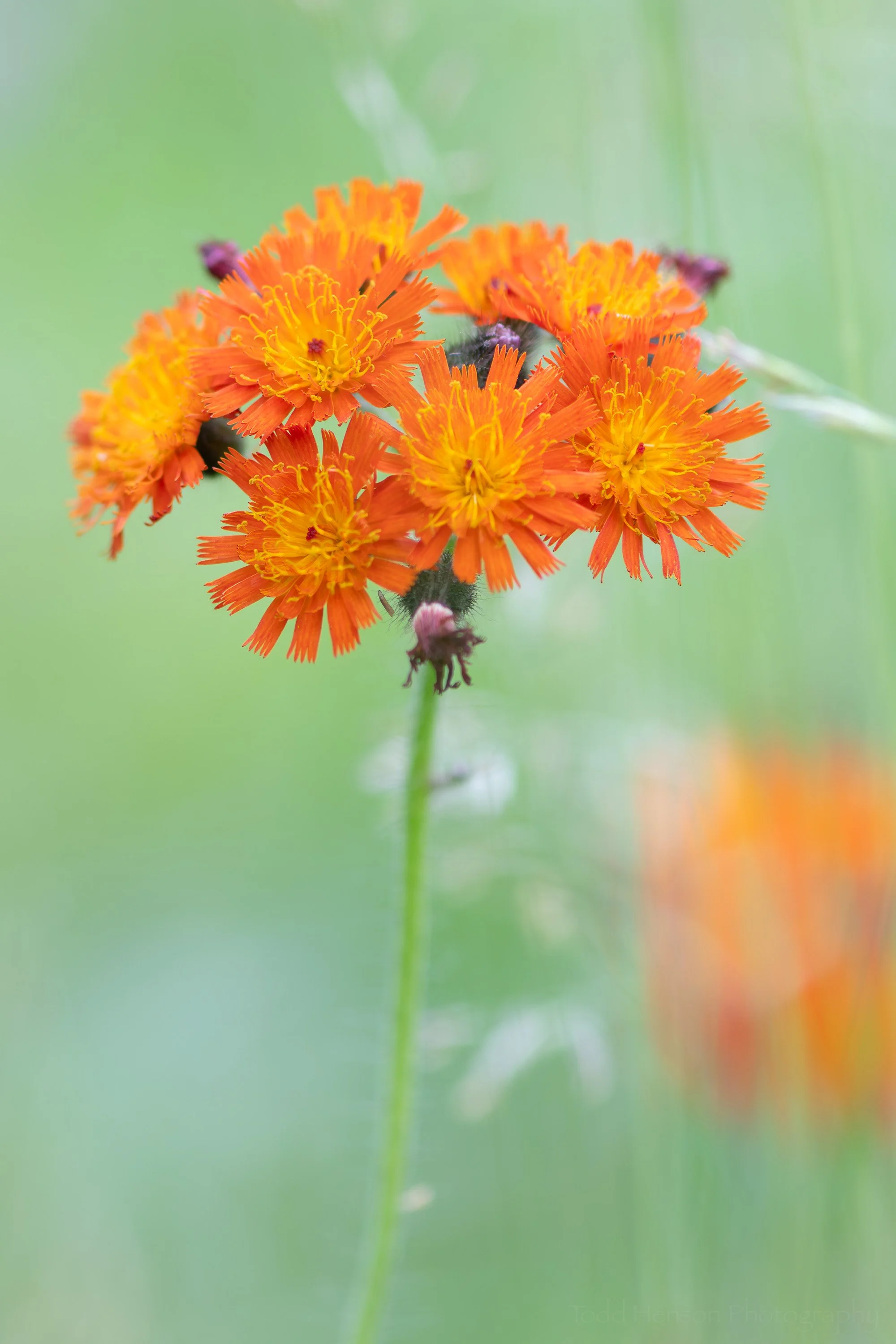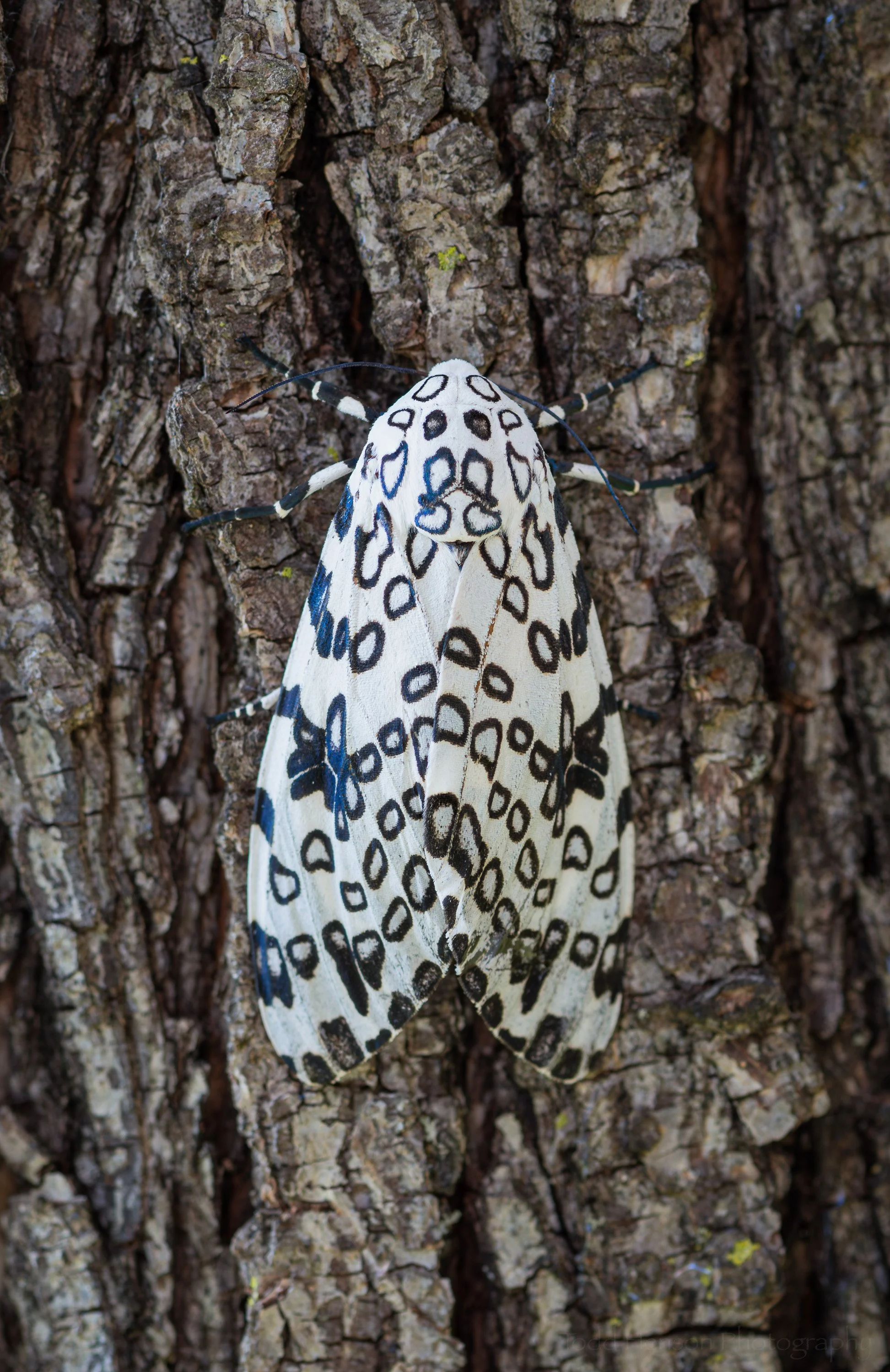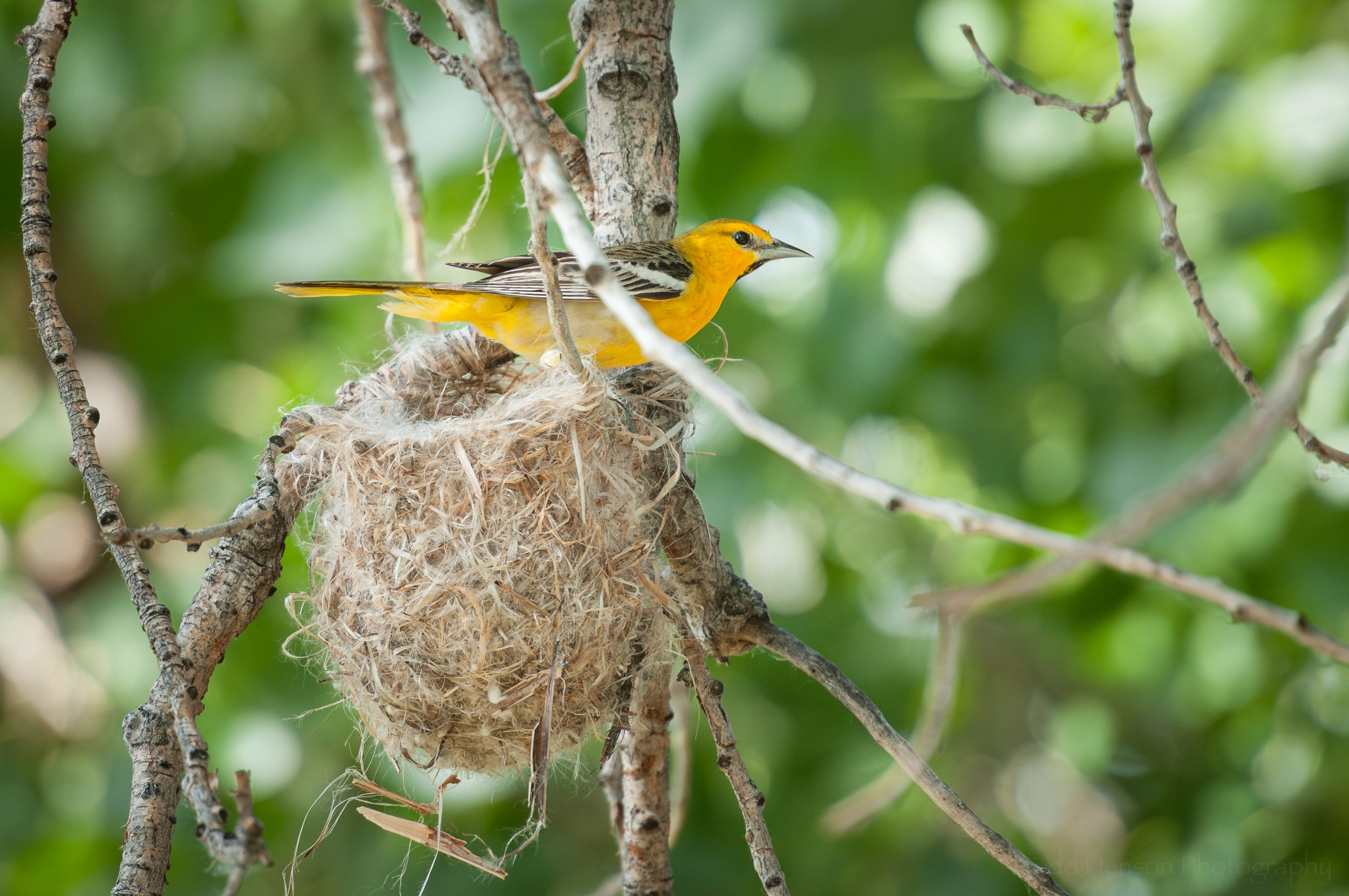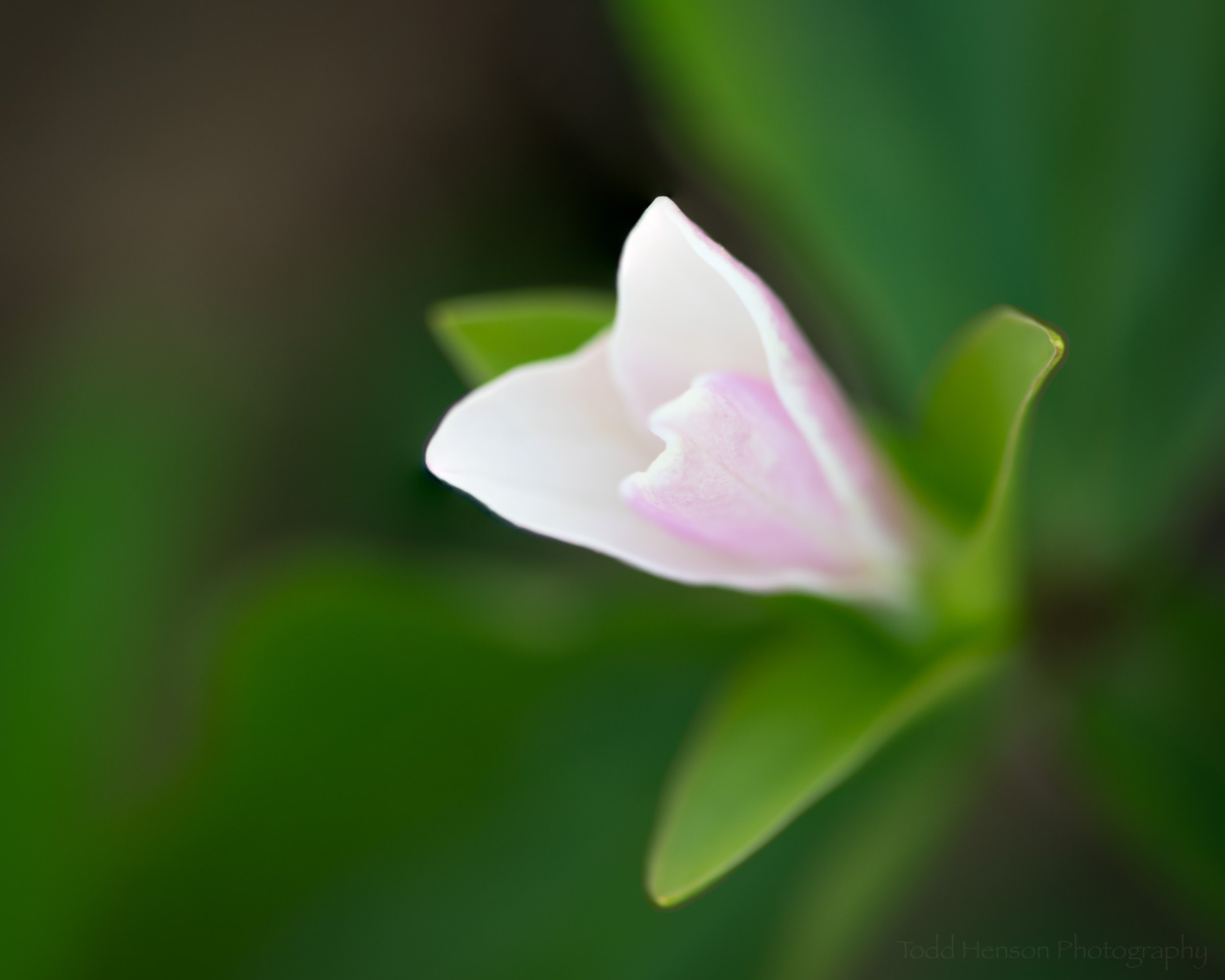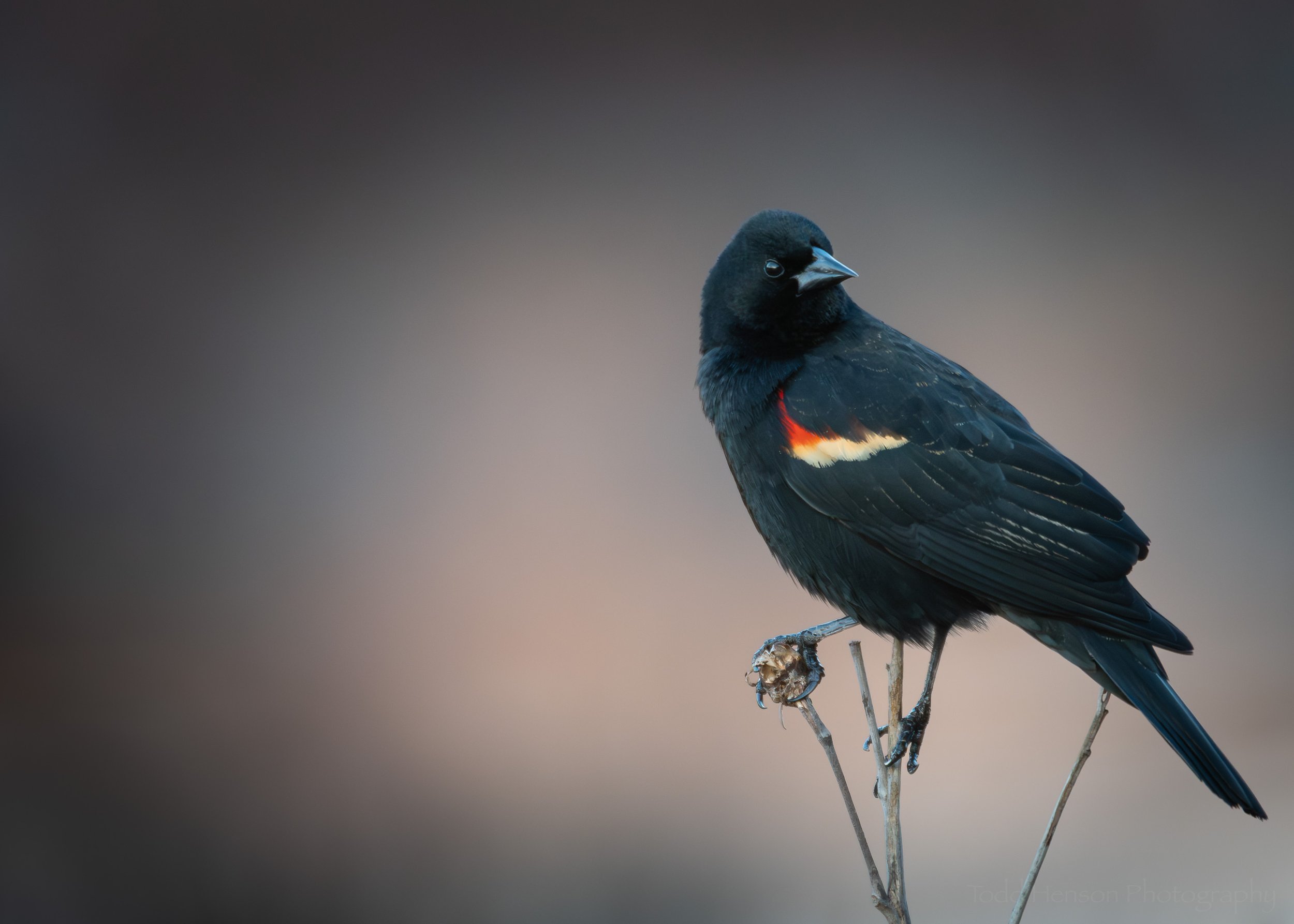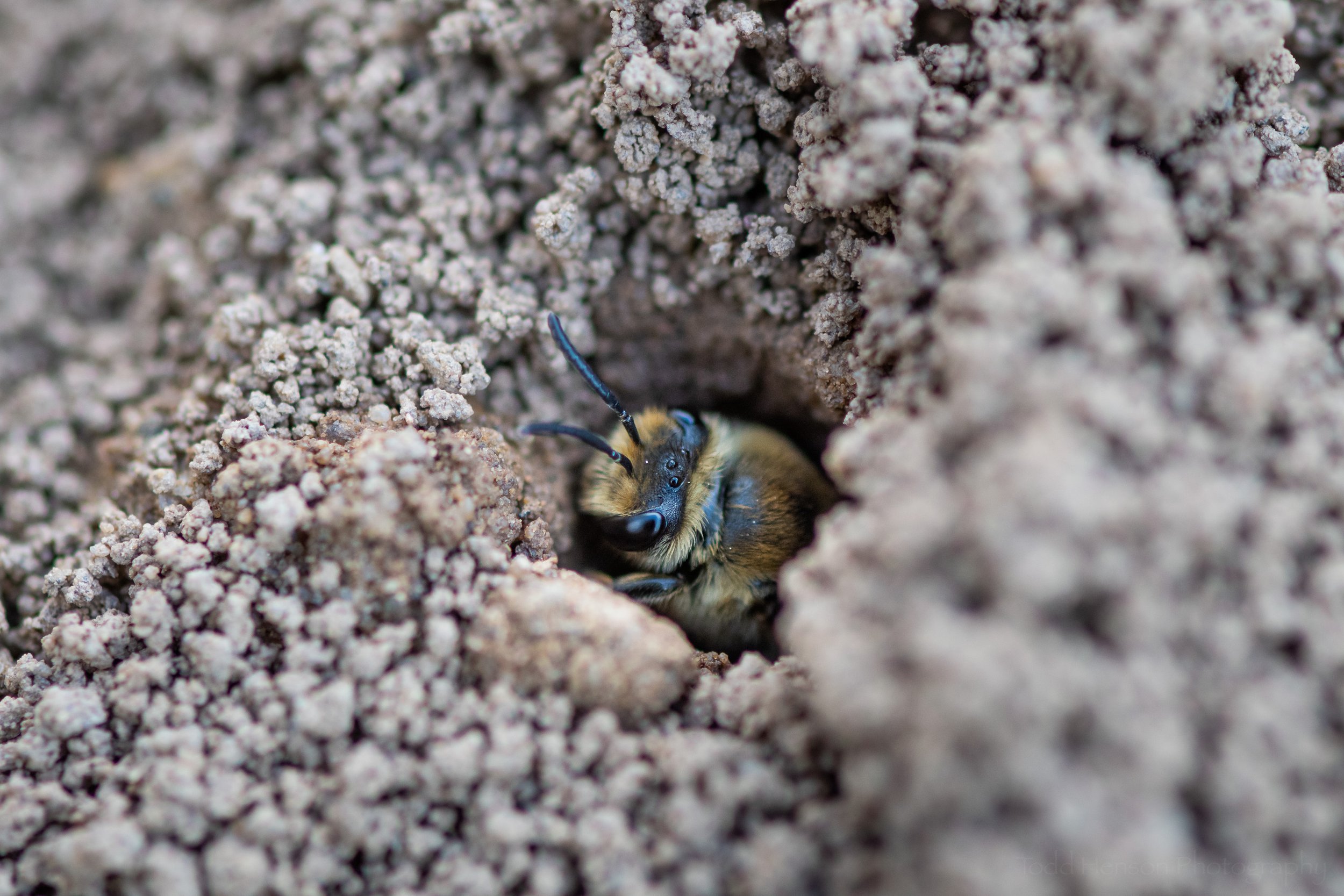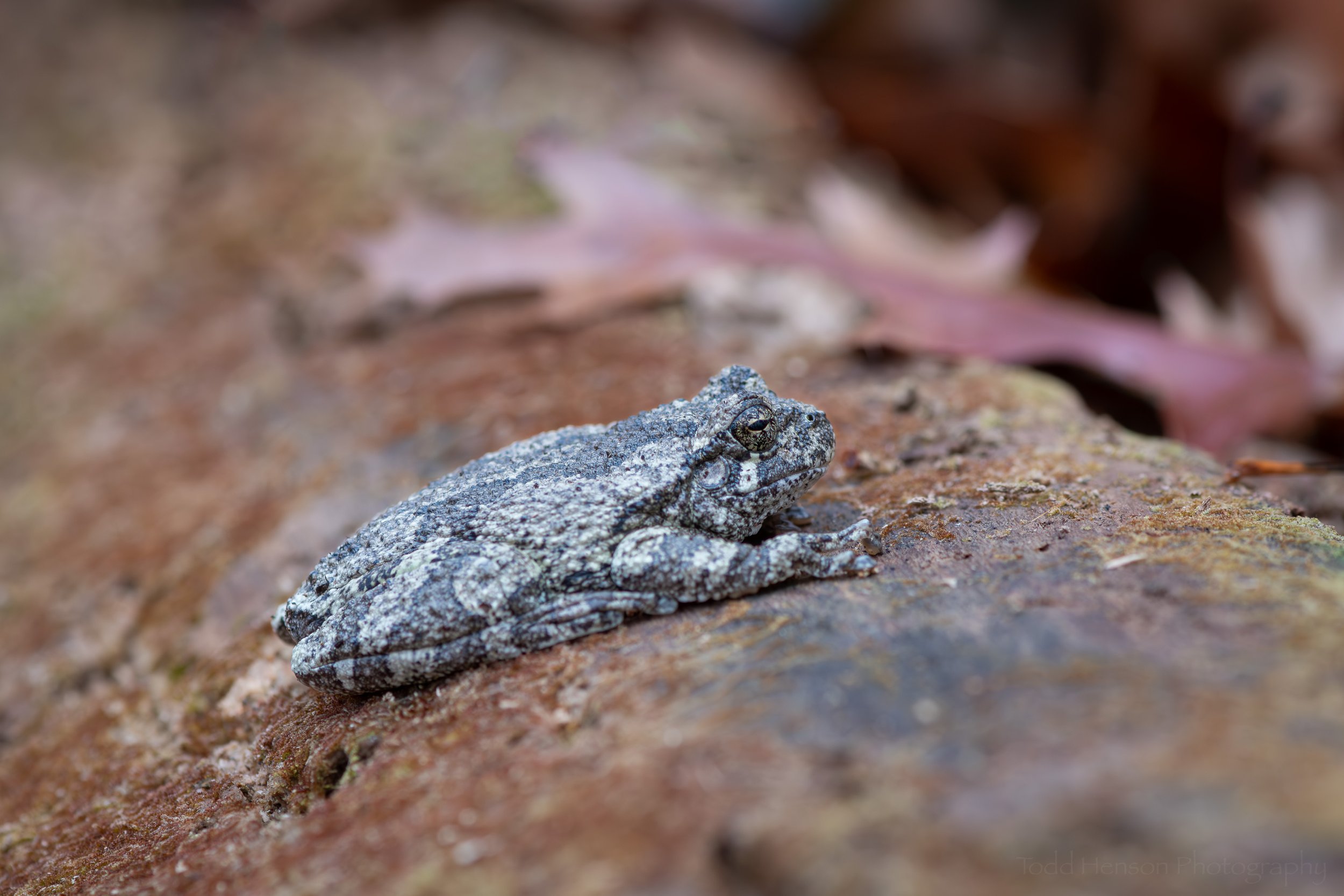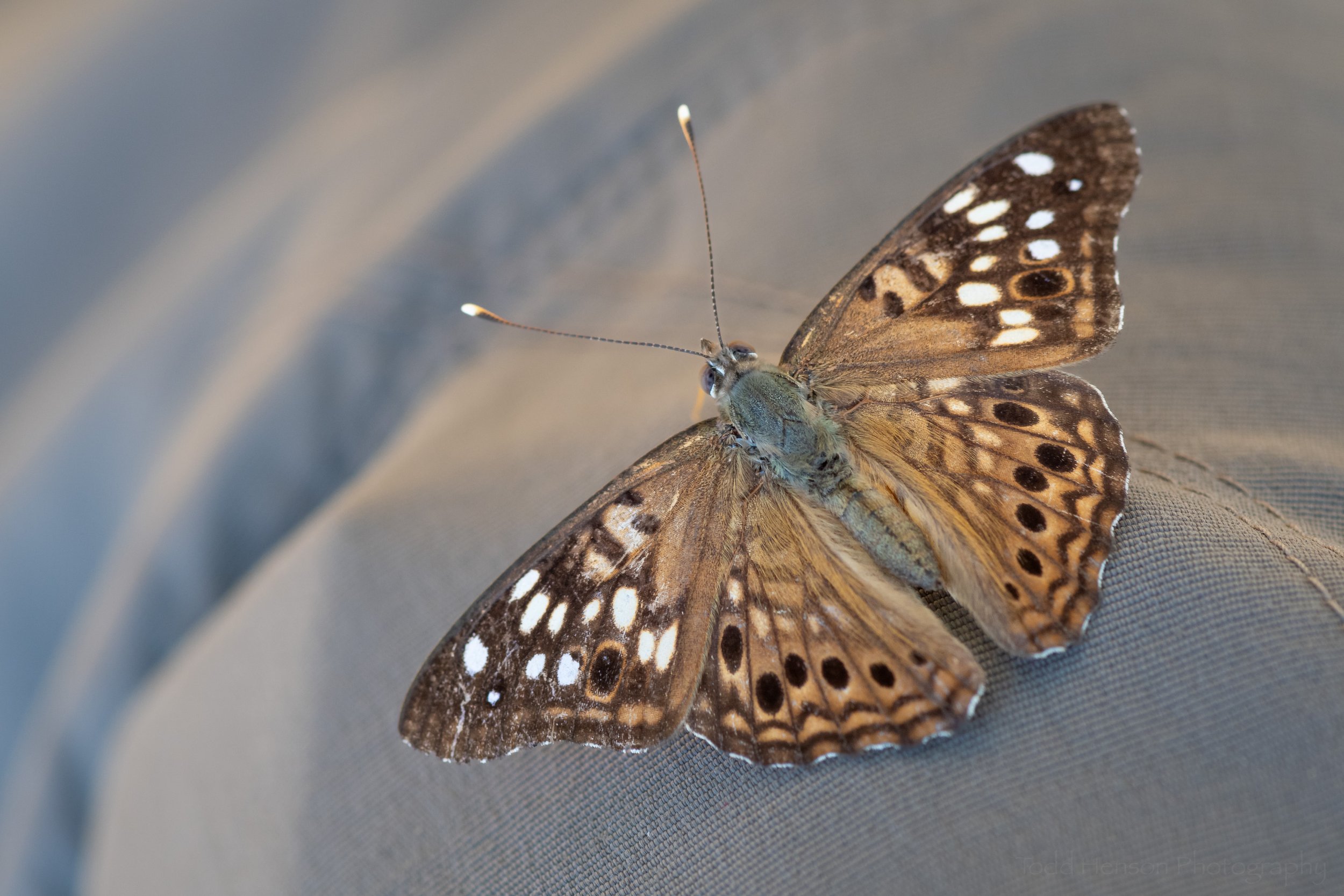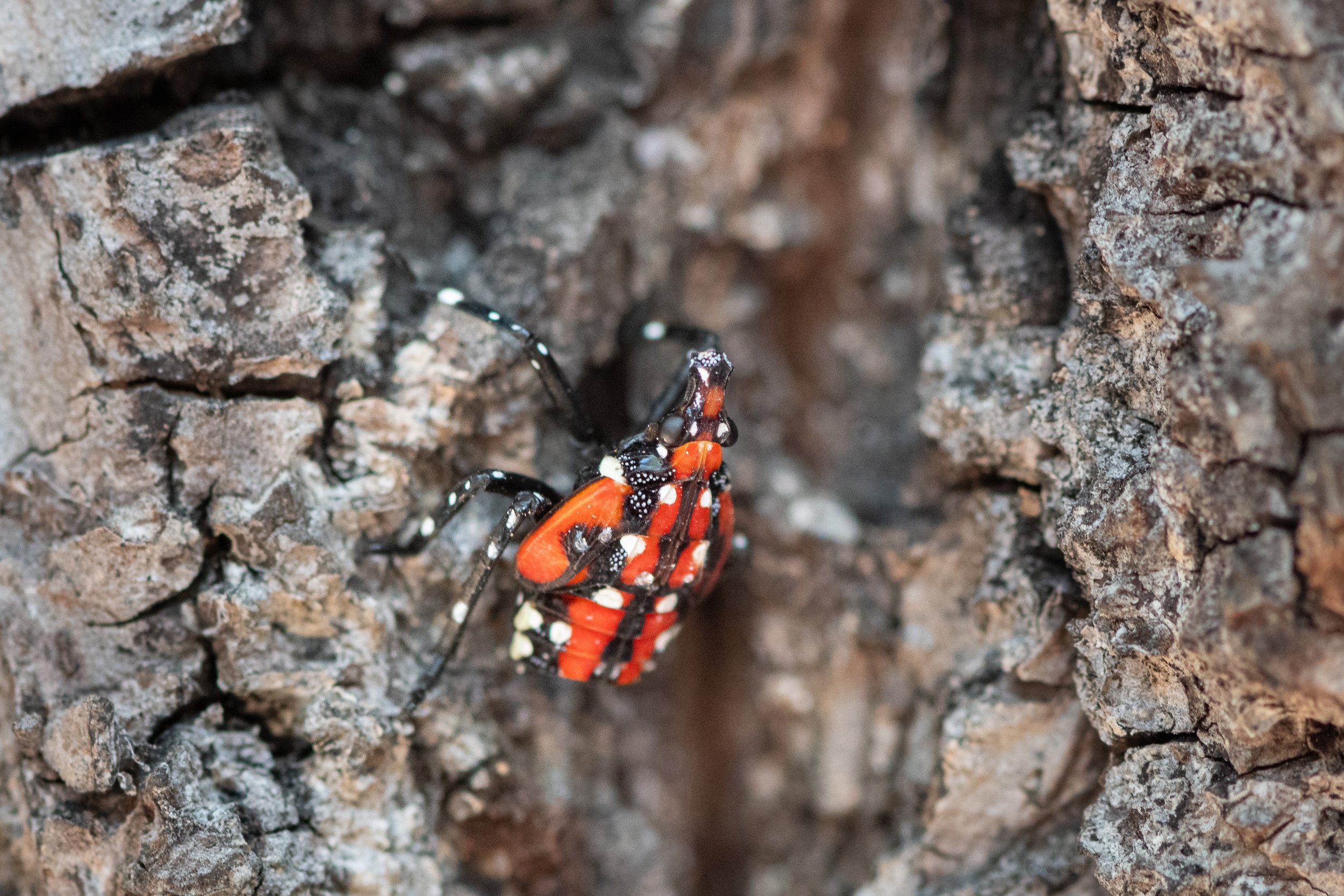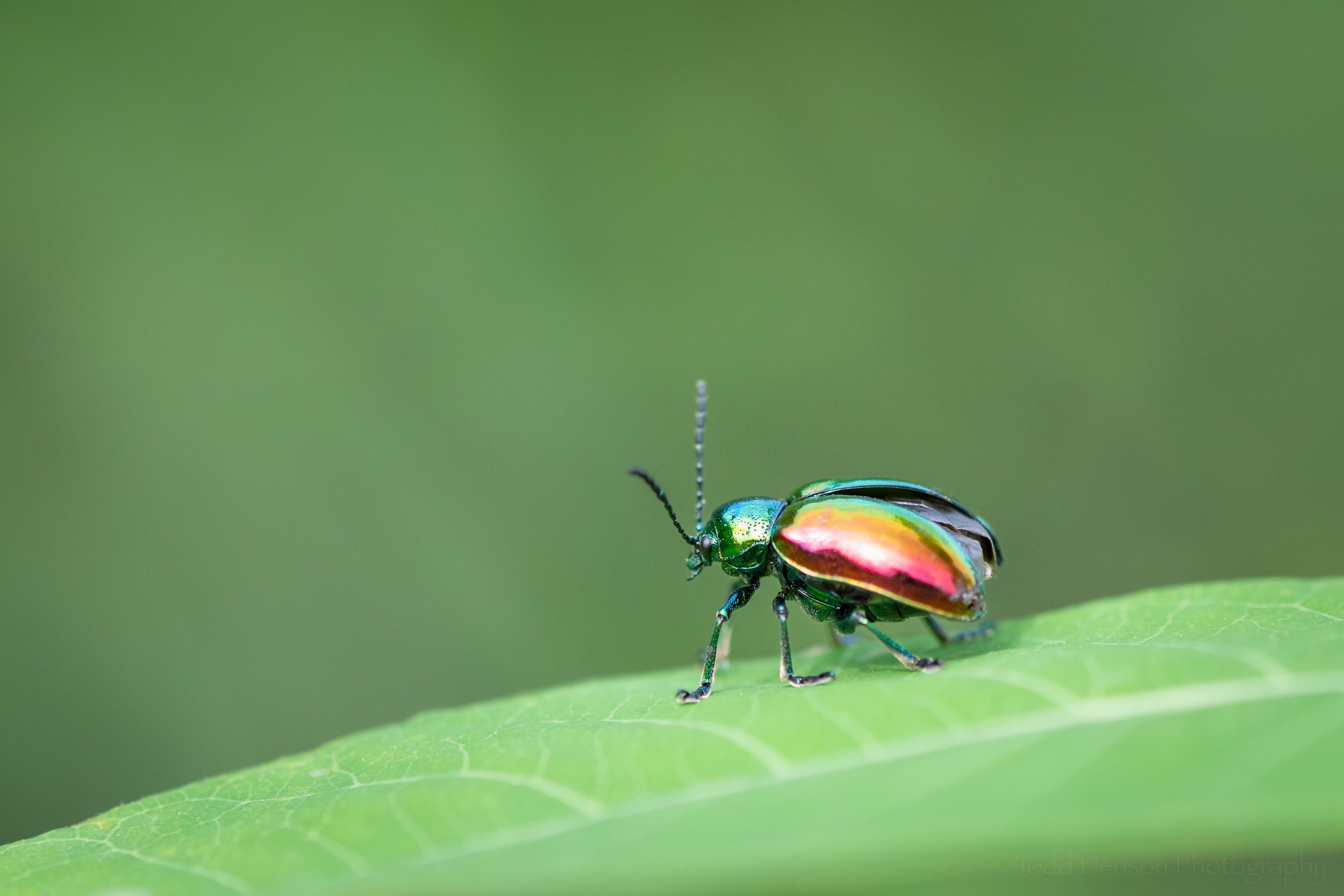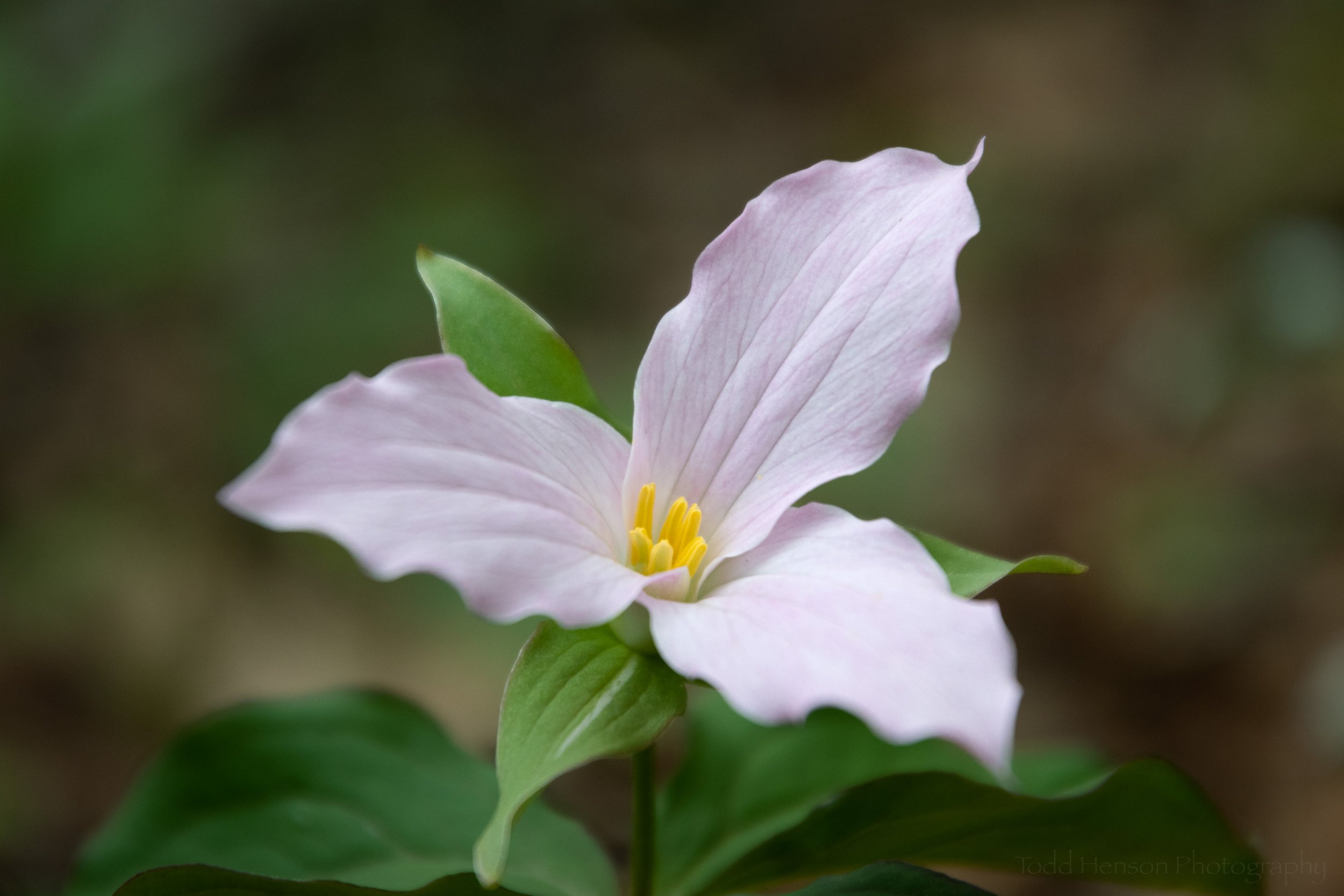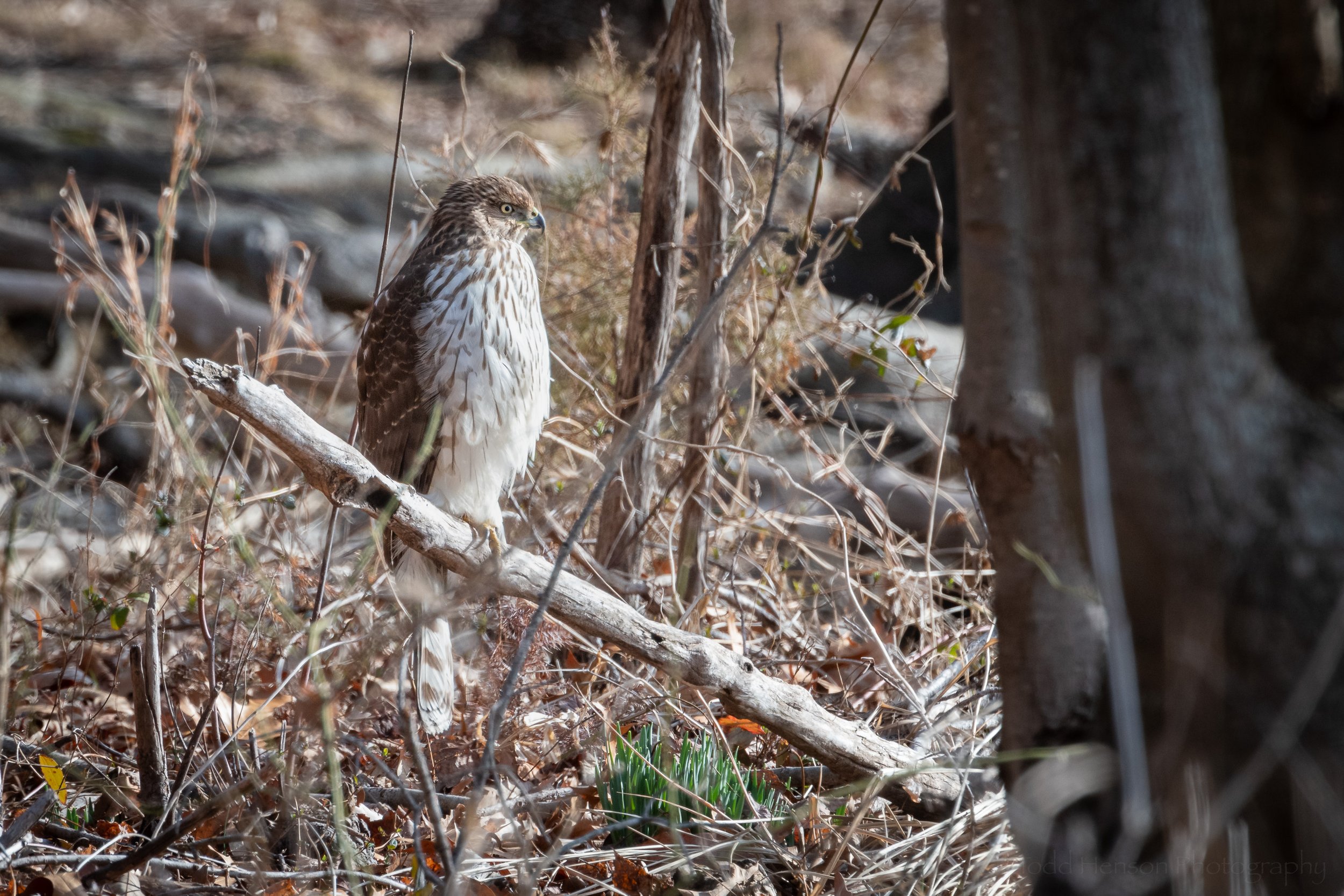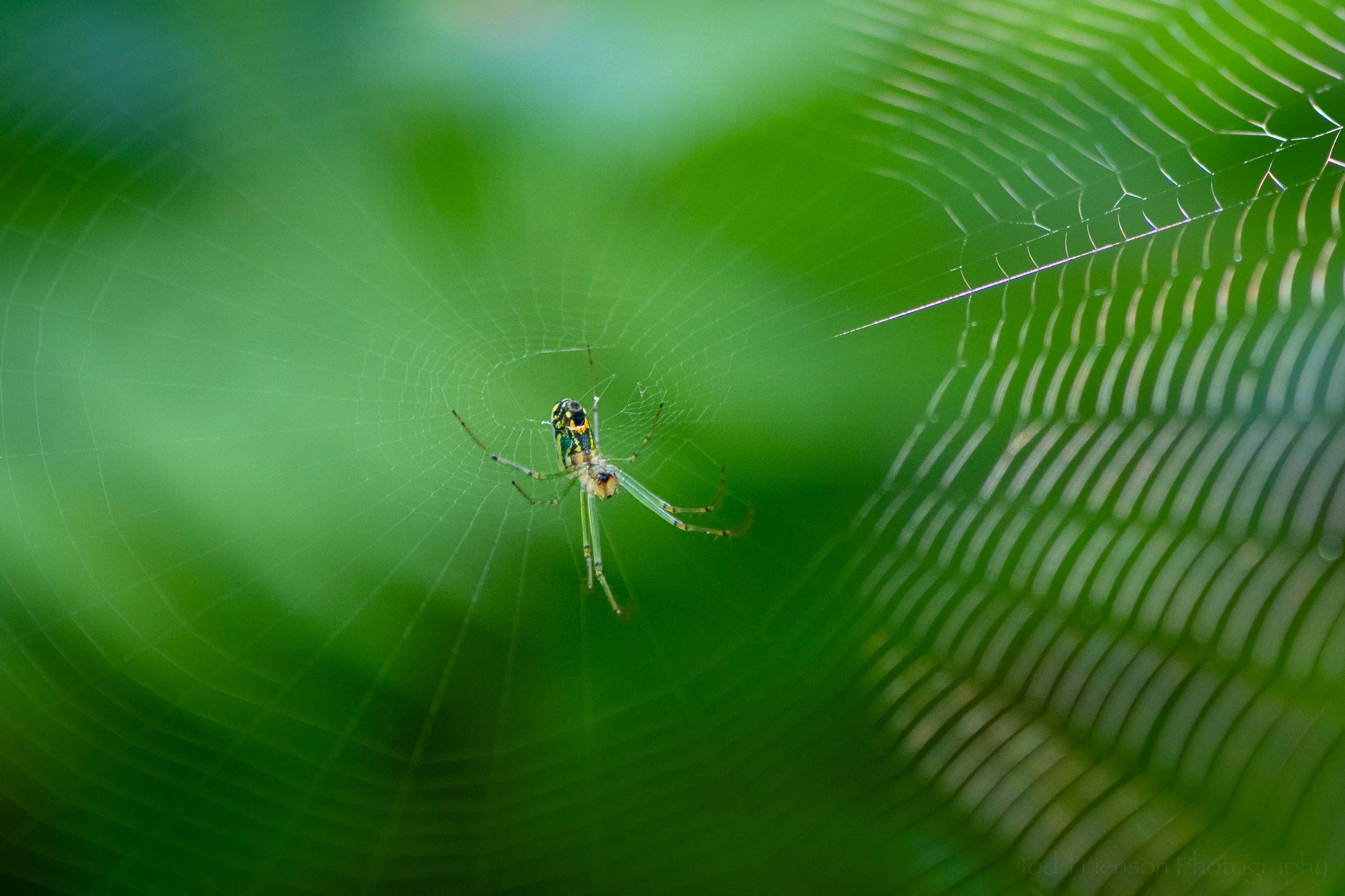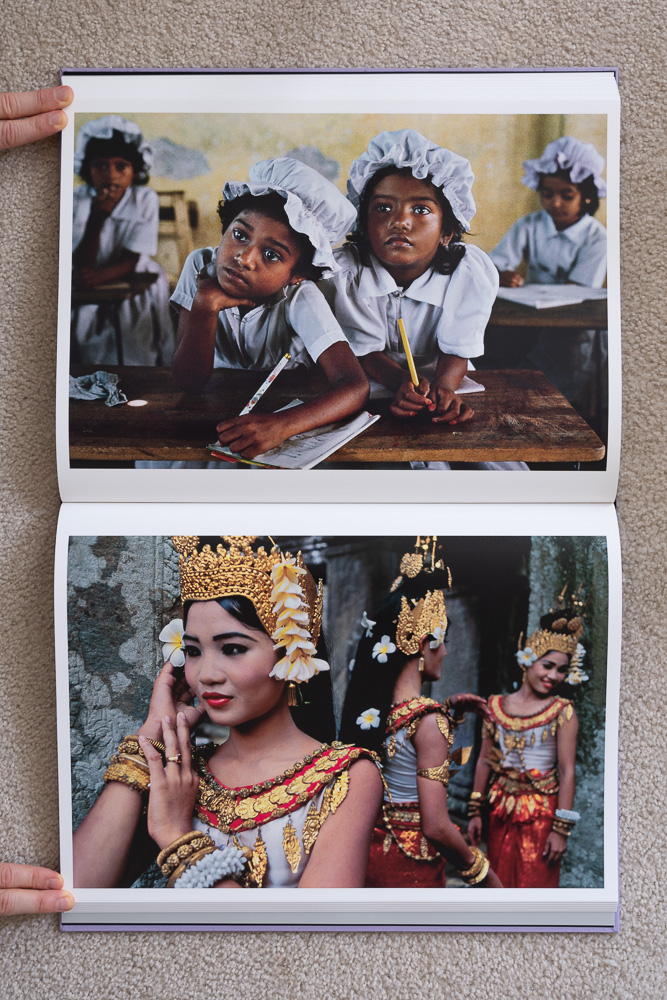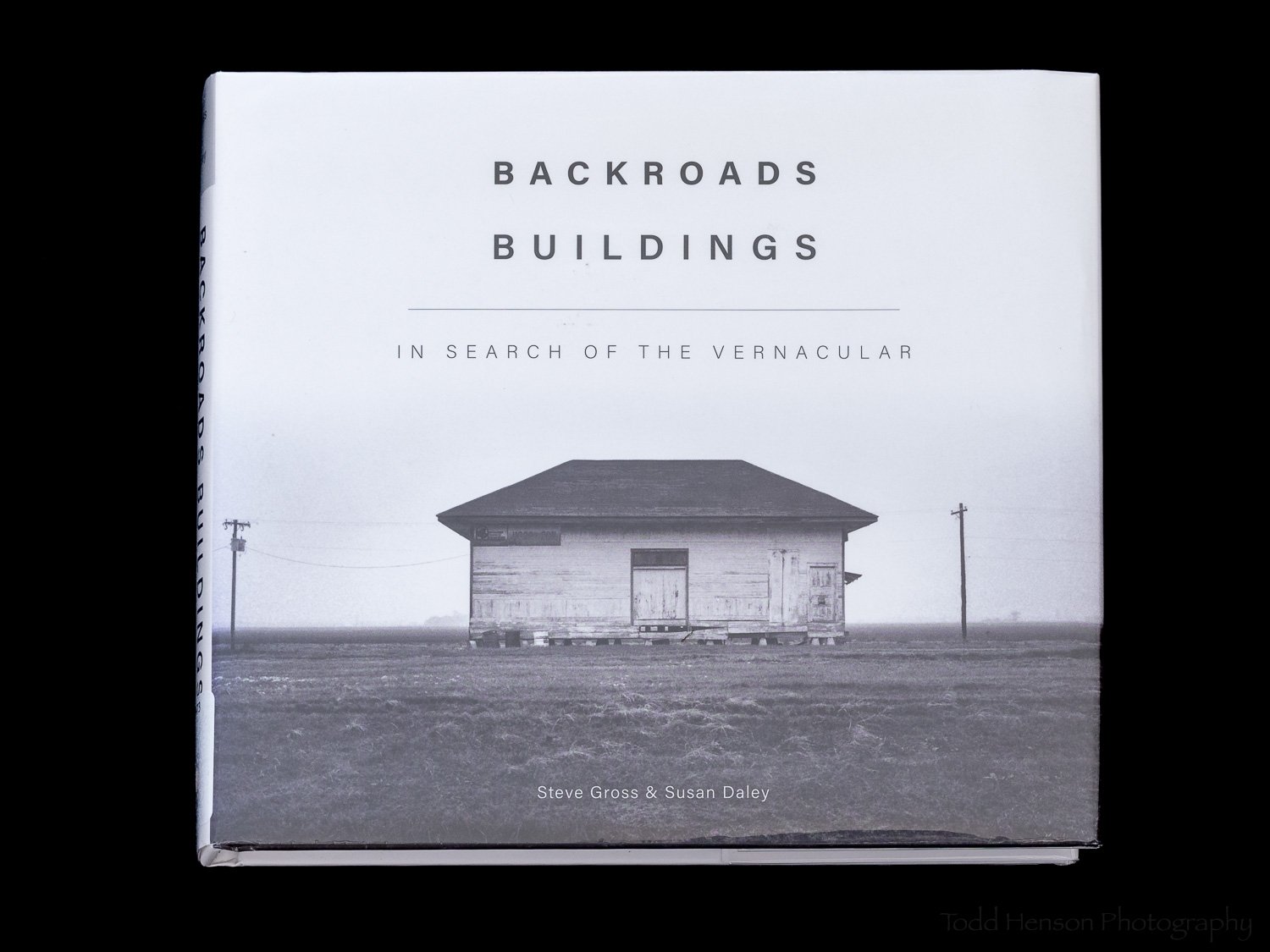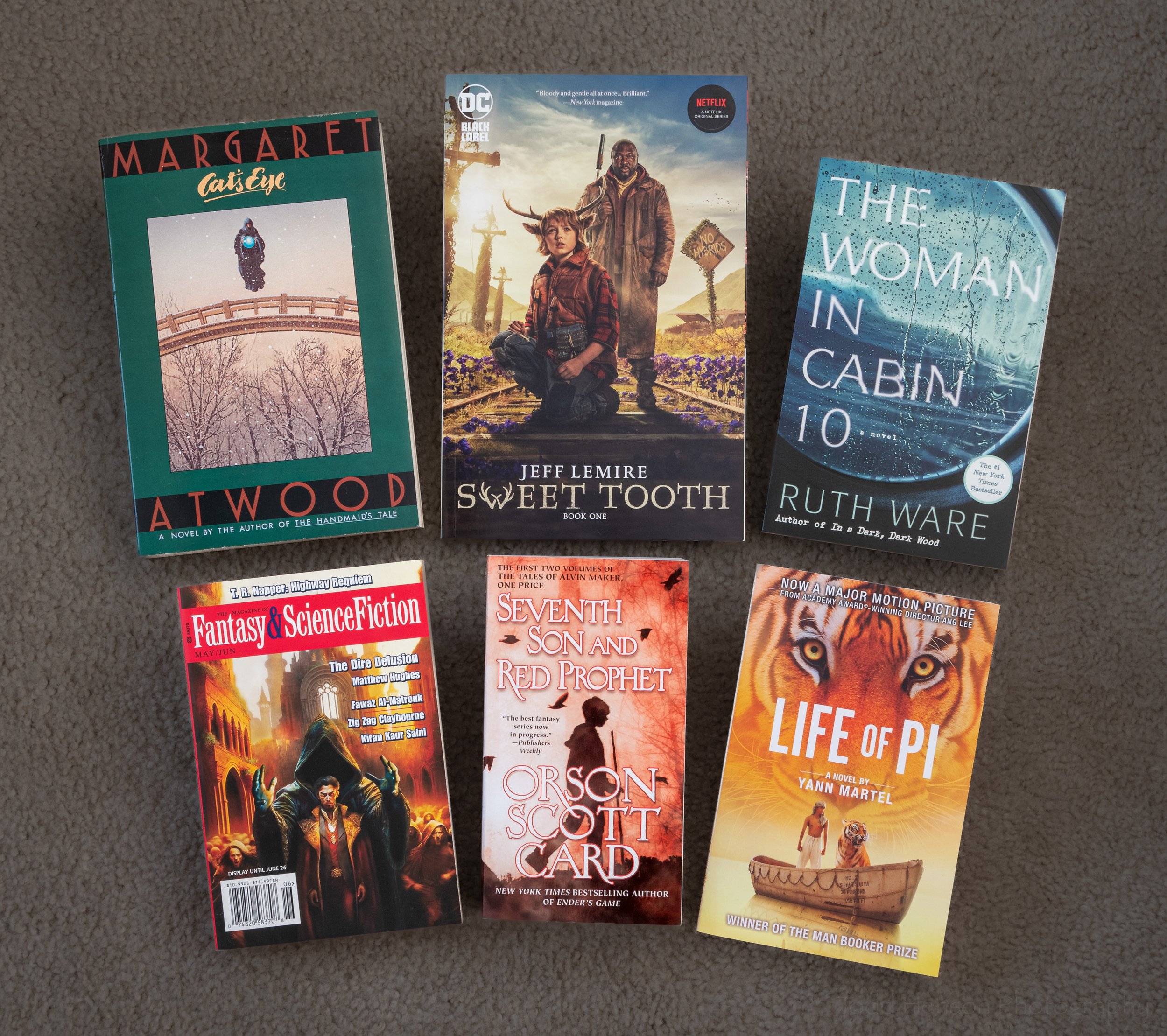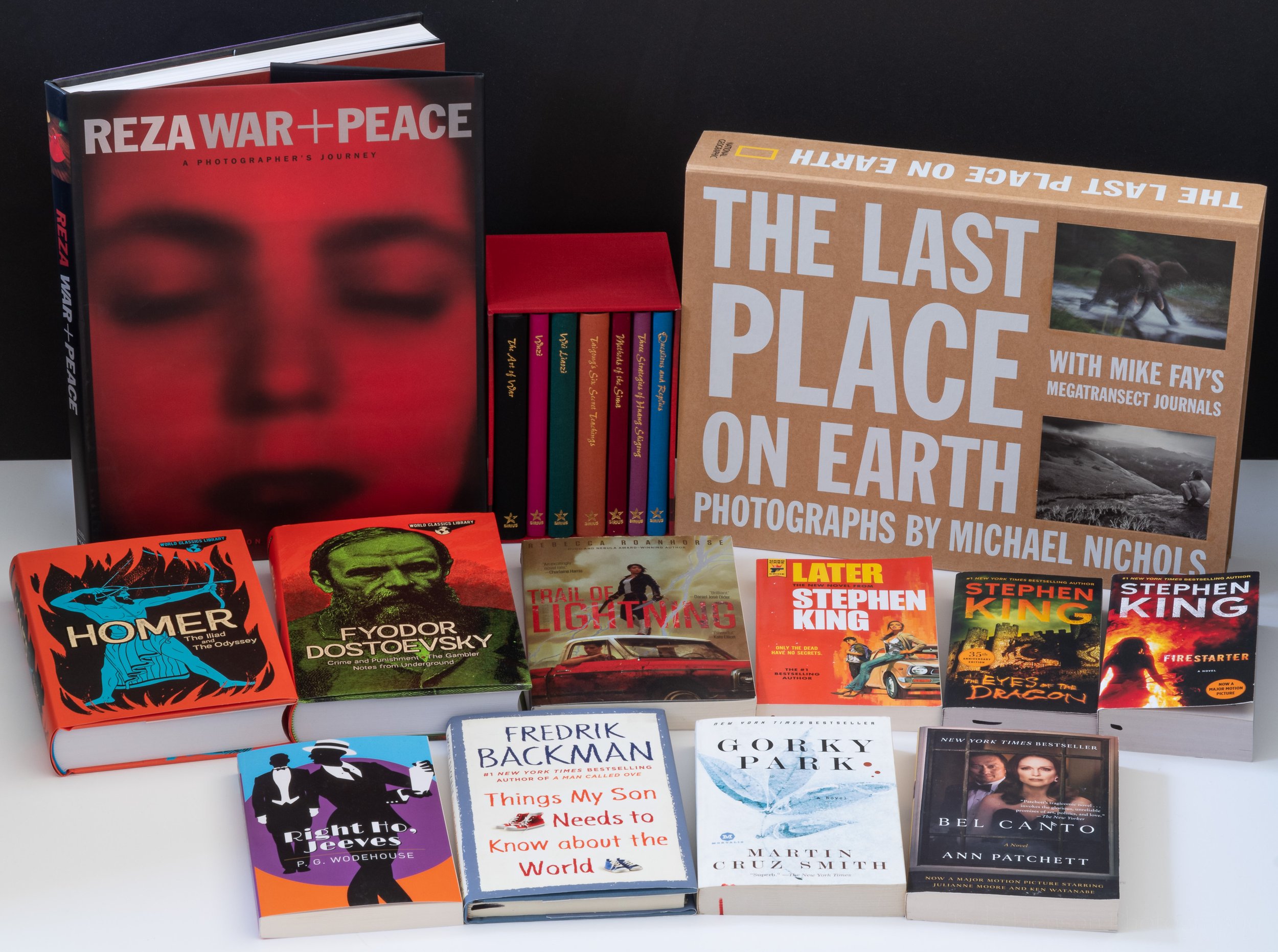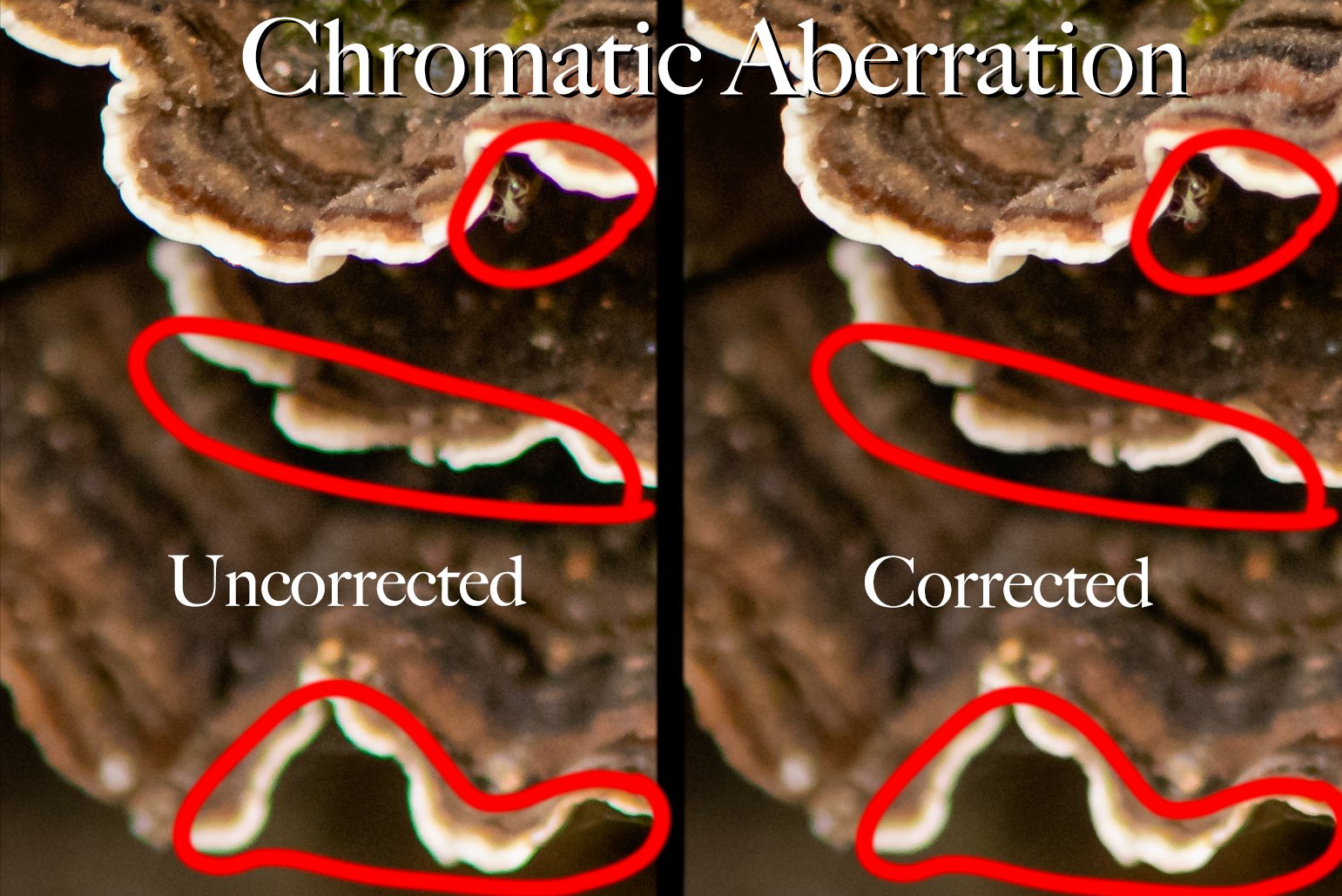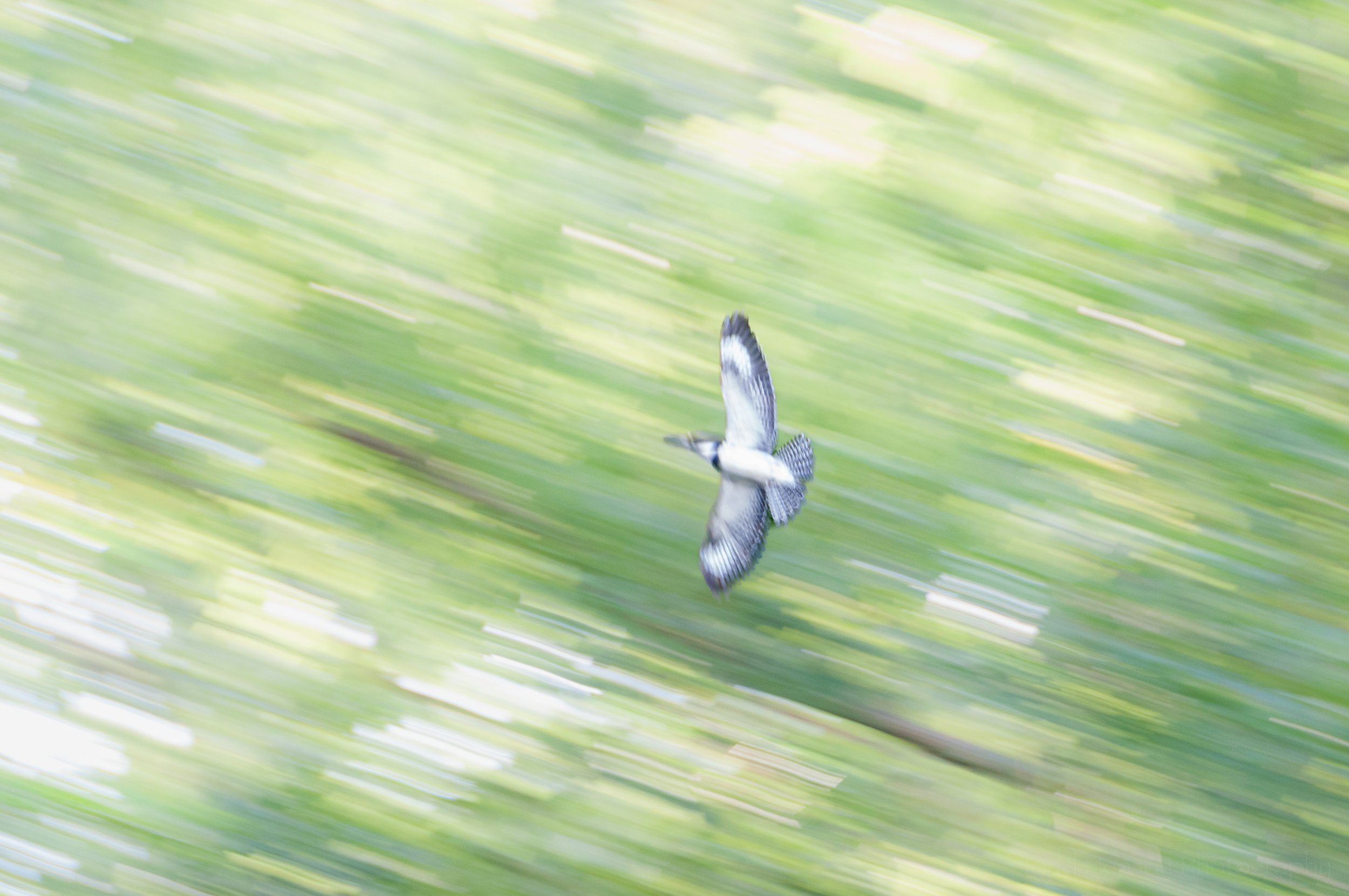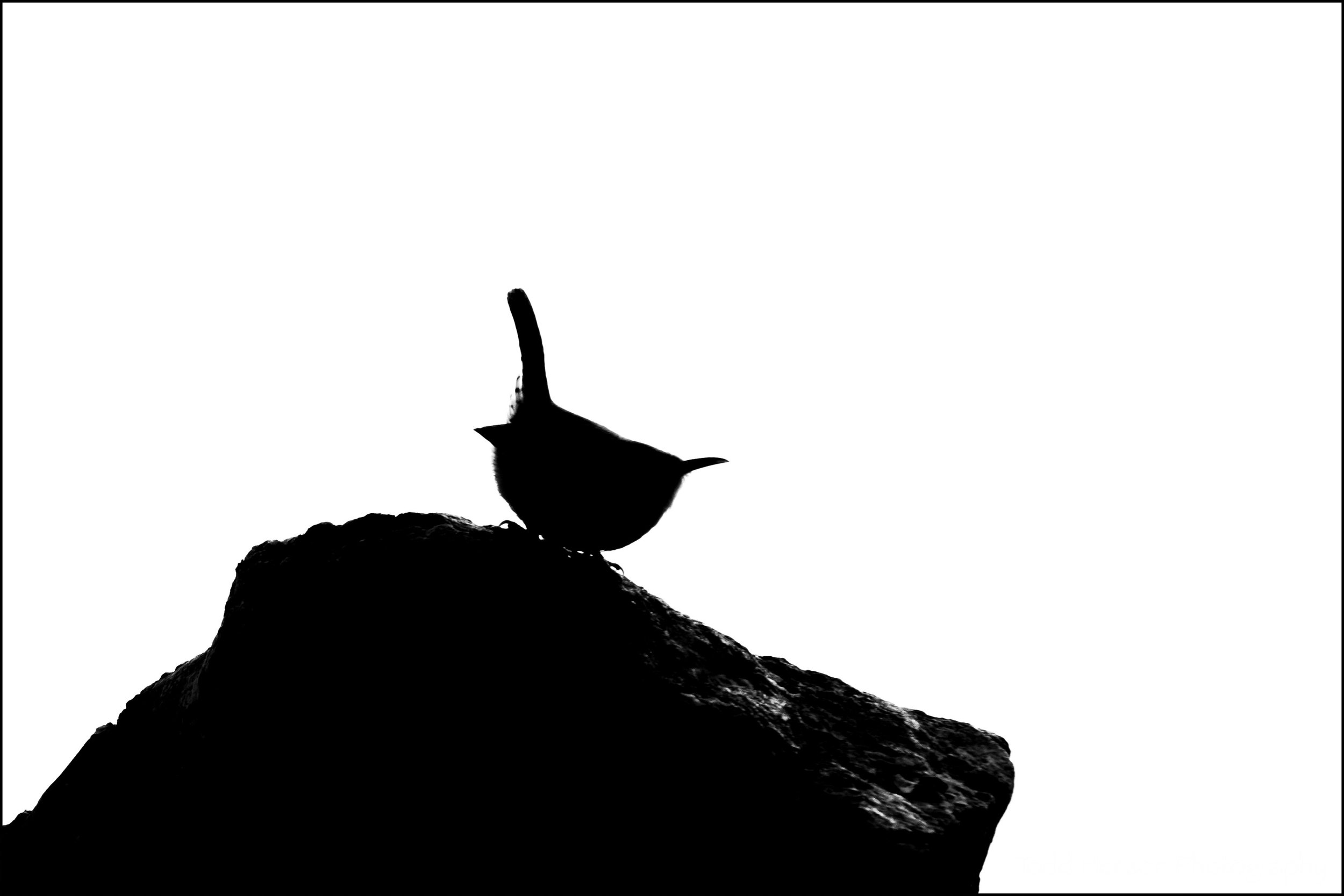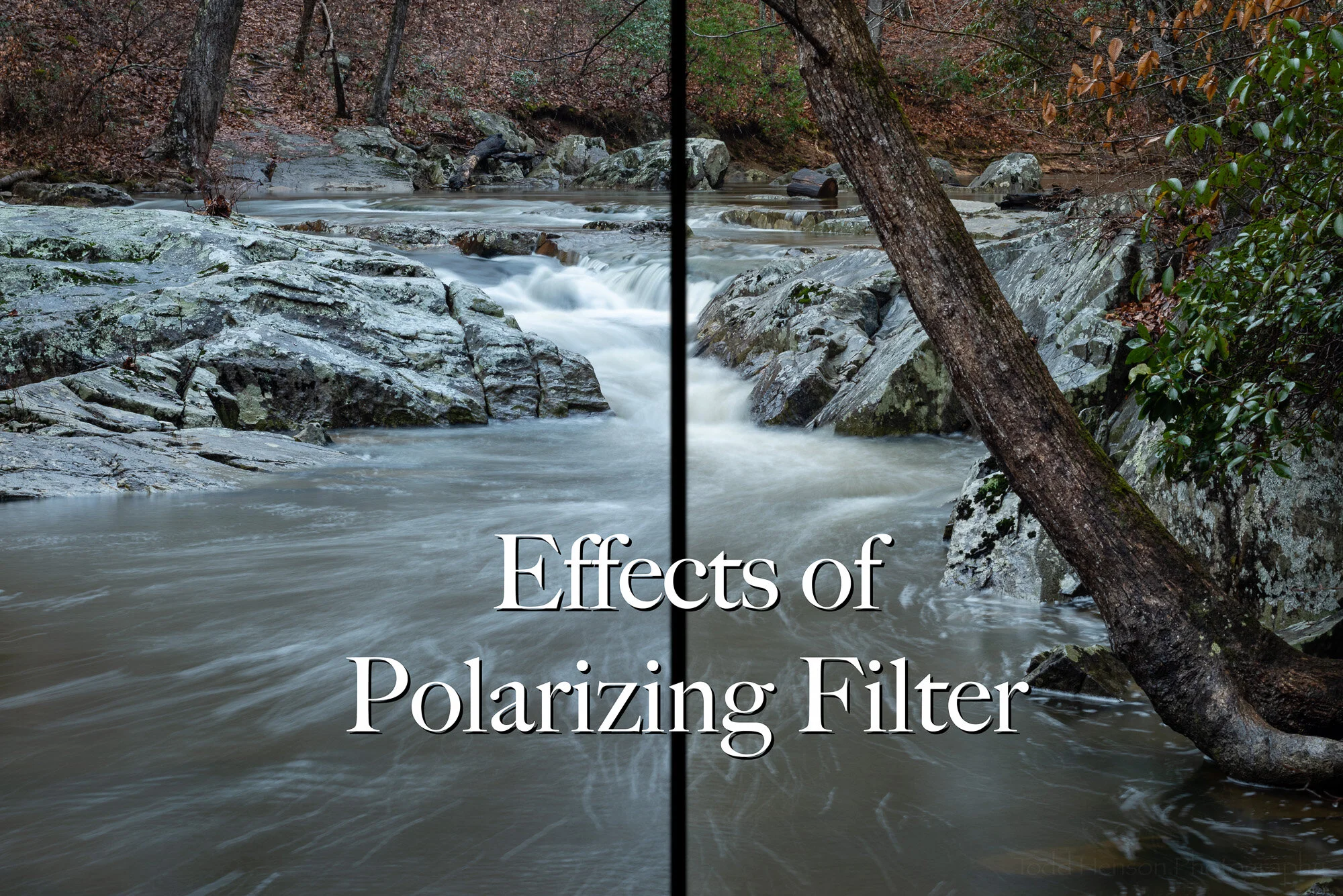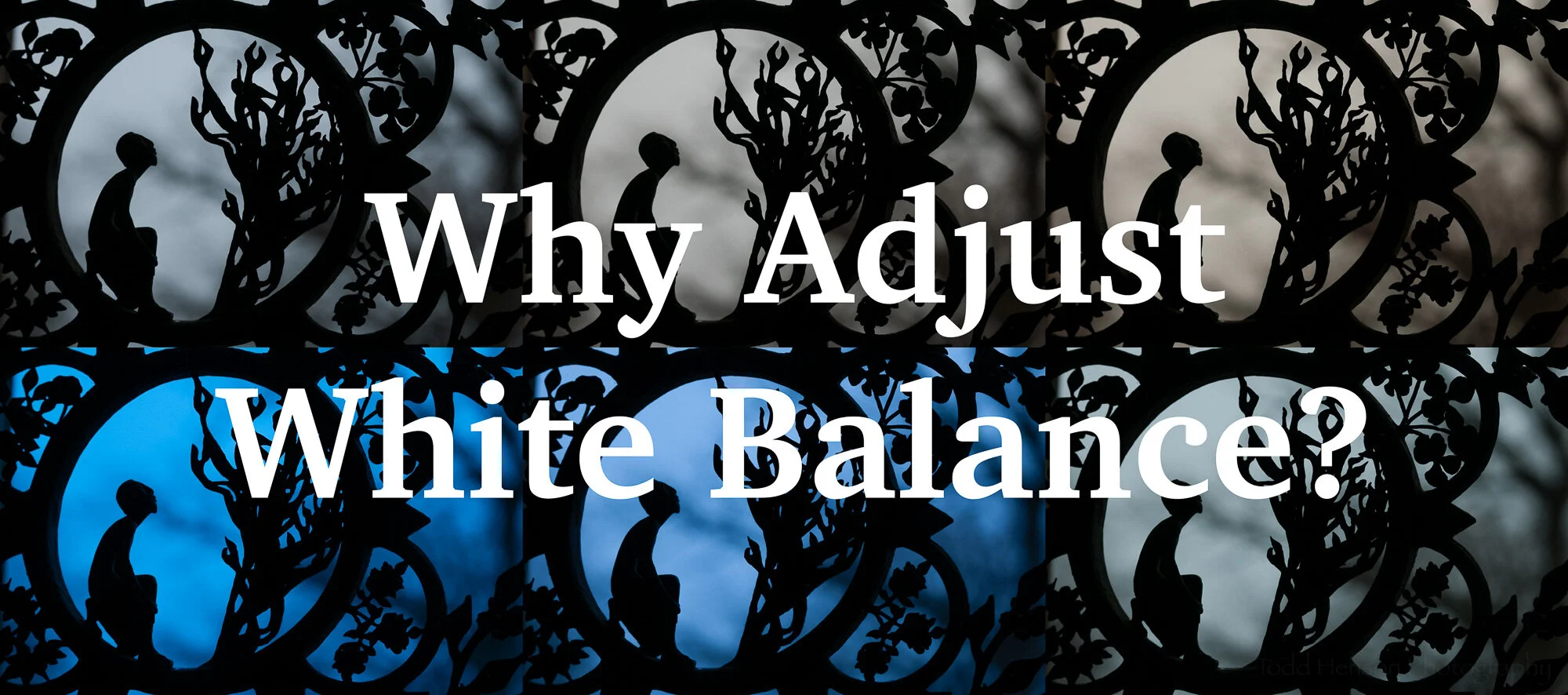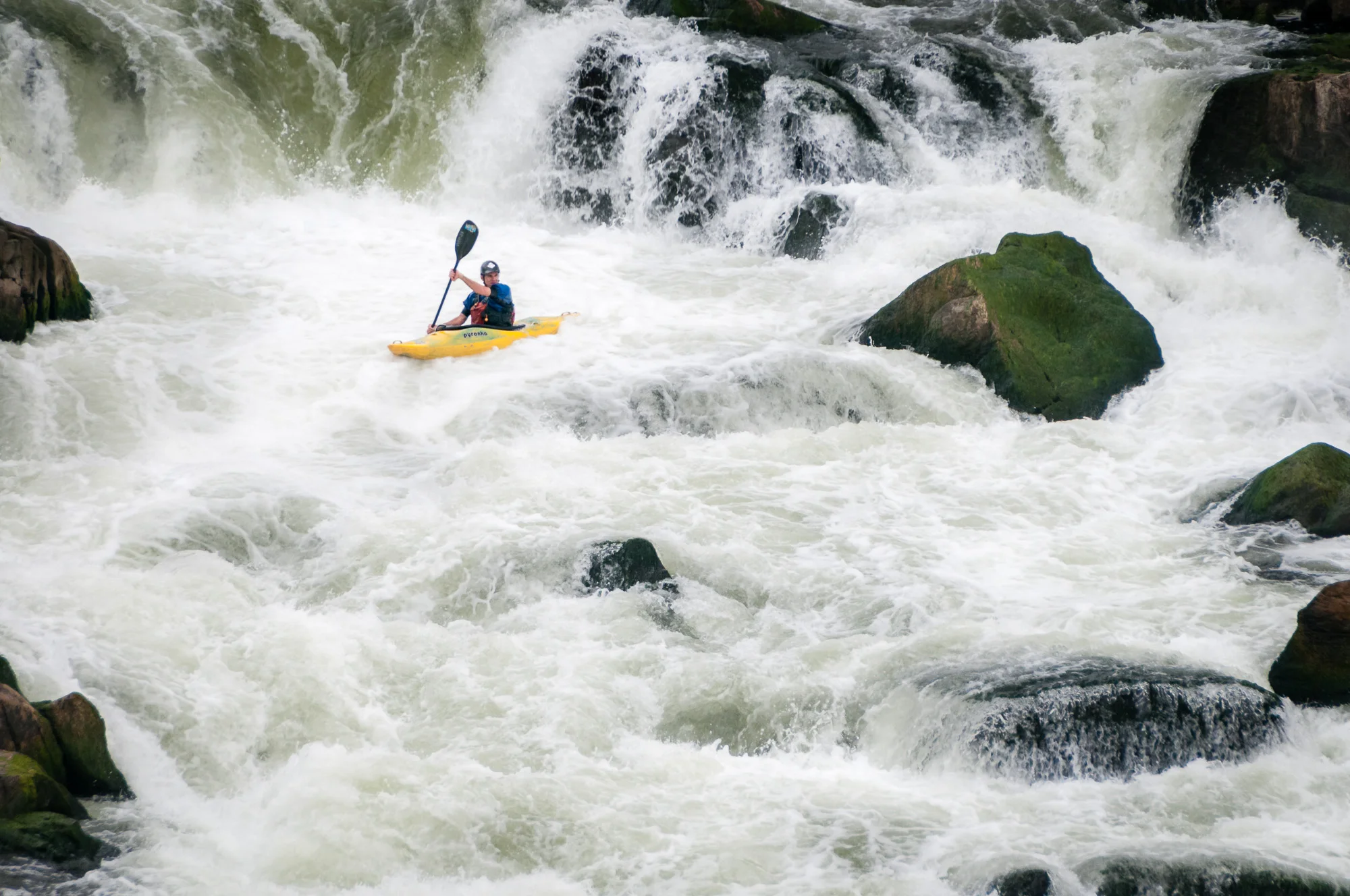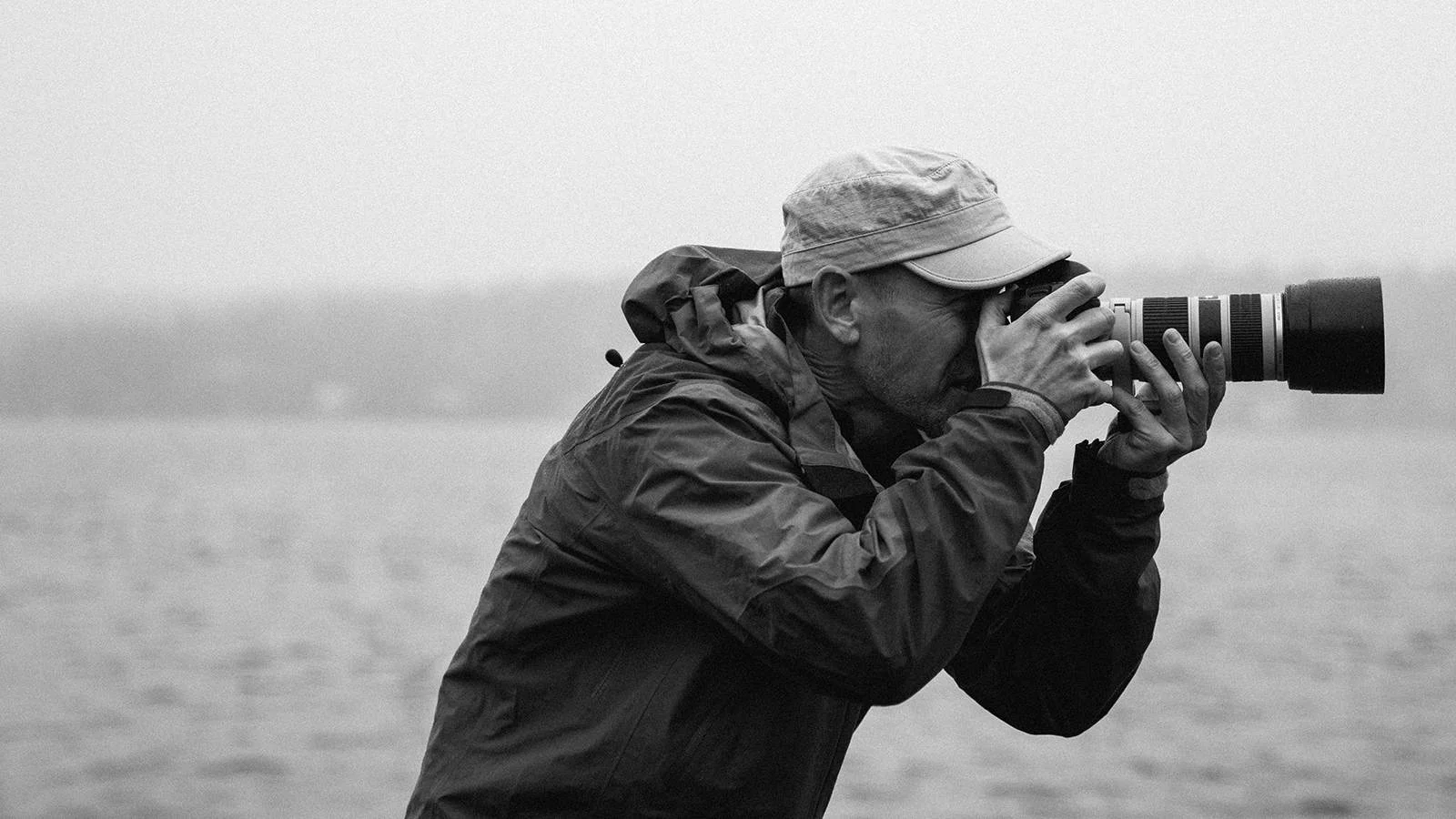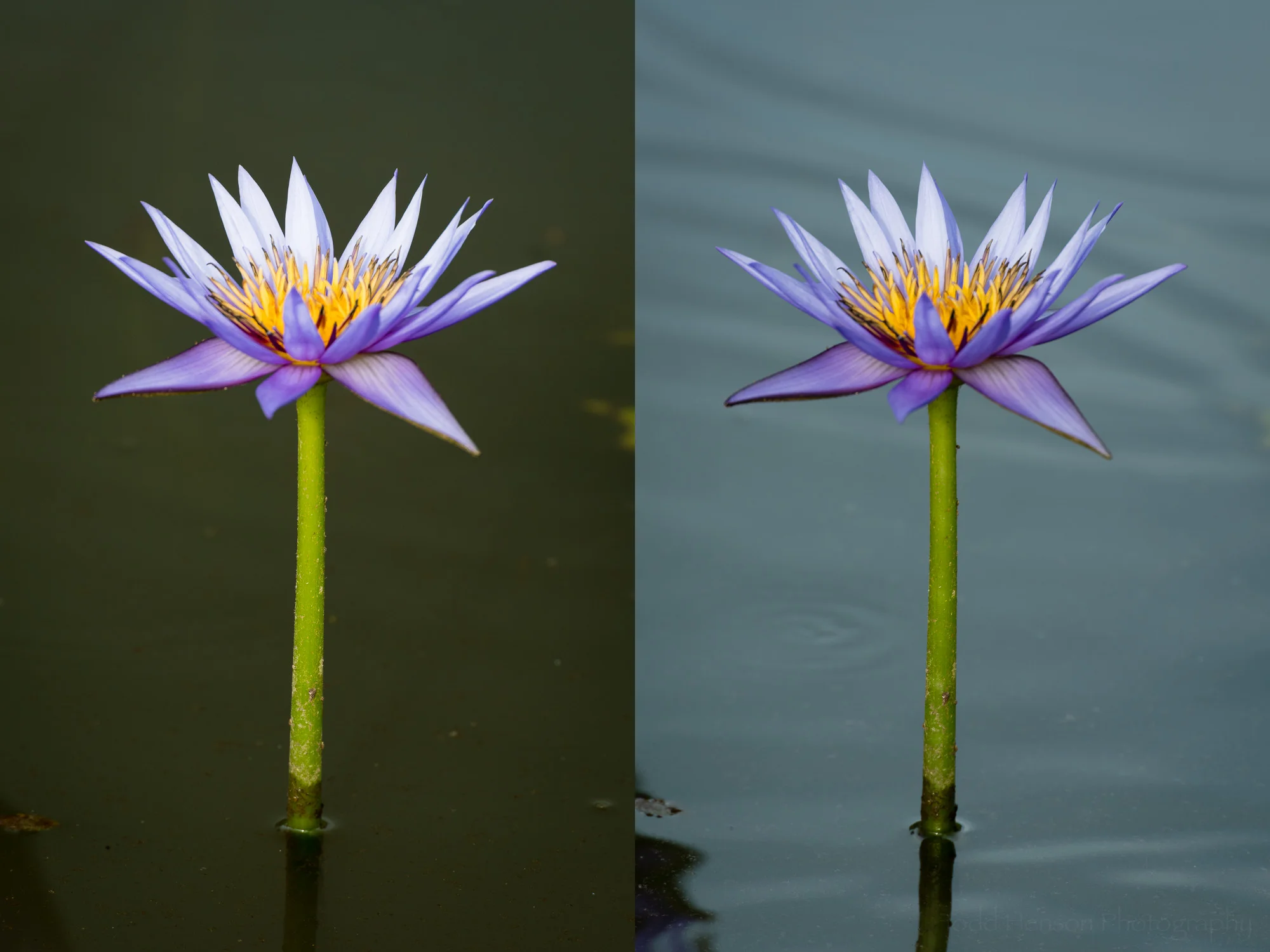Red Fox Kit - Watching You
One of my favorite wildlife experiences was observing a small family of red foxes at their den site. It was located just off the trail of a wildlife refuge I frequent, making it very easy to watch these beautiful animals. The young pups were frolicking around just as young puppies would, often turning to look at us, curious but not at all afraid.
In the evenings the young kit were just emerging from their den, full of energy and playful, ready to start their day. Unfortunately the sun was setting just behind them, which created very difficult and harsh lighting when trying to photograph them. But in the morning before the sun cleared the trees they could be bathed in a very soft, pleasing light. The photos here were all created on the same morning.
Red Fox Kit - Sleeping #1
Early morning for the fox kit was like late evening for us. They were more lethargic, ready to curl up and sleep. I’ve always enjoyed being present when an animal chose to fall asleep right in front of me, even while knowing I was there. It meant the animal was comfortable with my presence, it didn’t see me as a threat. Granted, young pups like this don’t see much of anything as a threat, but it was still a great experience watching them rest.
Red Fox Kit - Sleeping #2
The morning I photographed this particular pup was the last morning people were able to observe them at the den site. When they first emerged there were few of us who knew about them, so only a couple visited at a time. And most of the early visitors were regular visitors of the park, so they knew a little about wildlife and knew how to behave around it, keeping quiet, keeping your distance, not spending too much time there during any visit. But eventually word got out and people who never ventured to the park were showing up in droves to see the young fox.
Red Fox Kit - Resting
On this morning a large group of people had shown up, many who were unfamiliar with fox, some who thought it might be ok to approach and try to pet the young fox (they had to be dissuaded from trying). Others were only concerned with snapping pictures. They were making noise and moving around too fast trying to get the attention of the fox, but in the end they frightened some of the pups back into the den.
My brother and I stayed away from the crowd. There happened to be a single pup curled up at a distance from the den. No one was paying attention to it. We spent a very short time photographing this young fox, trying to stay quiet and still, not drawing the attention of others, and also not disturbing the fox. As you can see the young kit curled up and closed its eyes a number of times, telling me we were doing it right.
Red Fox Kit - Watchful #2
As the crowd grew we packed up and left, not wanting to contribute to the growing problem. By the next day the park service had blocked access to the road, and kept it blocked until the fox had left the area. I was disappointed because I very much wanted to spend more time with these wonderful animals. But the den was just too close to the trail and word of it had spread too far. The park service was right to close off access.
Red Fox Kit - Watchful #1
These are the only young fox I have ever had the good fortune to observe and photograph. I hope one day I will have a similar opportunity, and maybe in a location that doesn’t attract so many people. Have you had a similar experience? What was your favorite wildlife moment?
All of these photographs are available for purchase as wall art or on a variety of products.
Do you enjoy these posts?
Sign up to receive periodic emails with updates and thoughts. Don’t worry, I won’t spam you. And please consider purchasing artwork or products from my online store, and using my affiliate links in the sidebar to the right when shopping online.
I appreciate your support!
